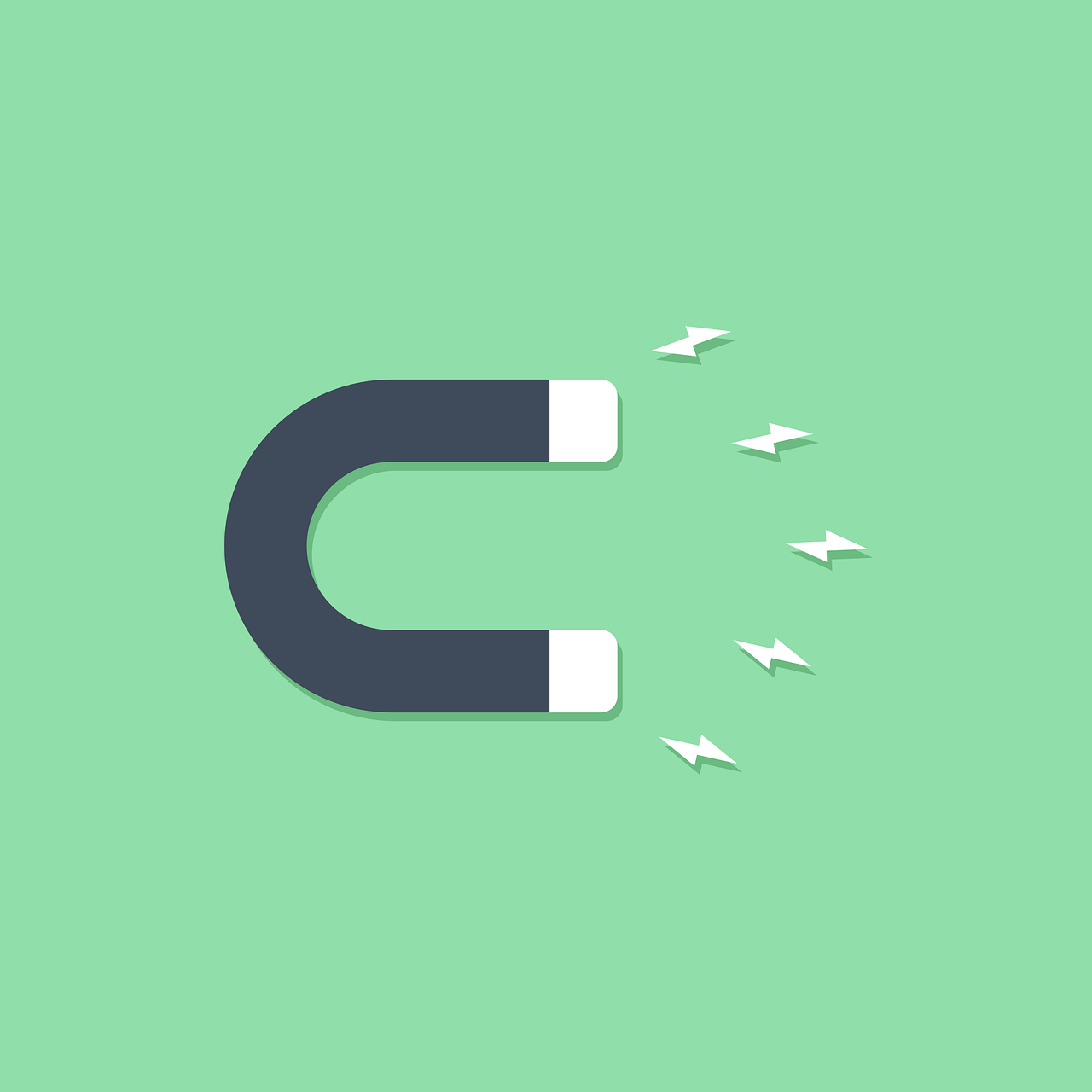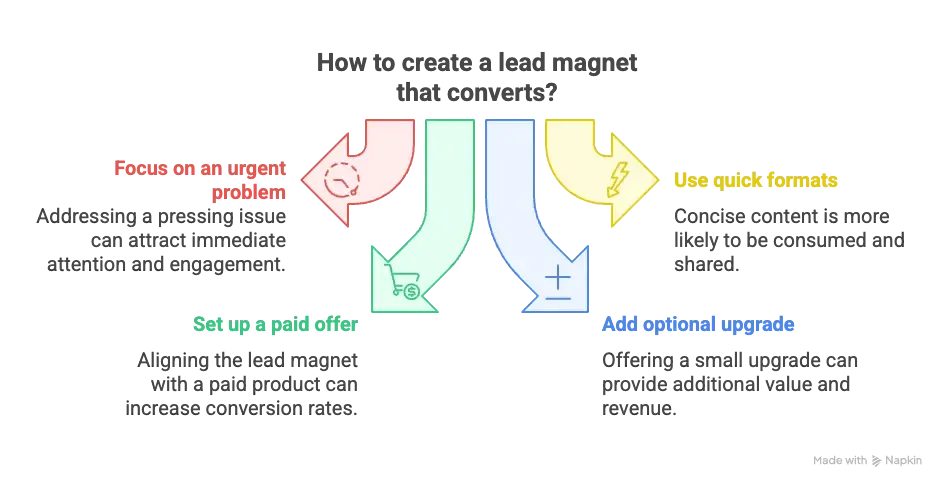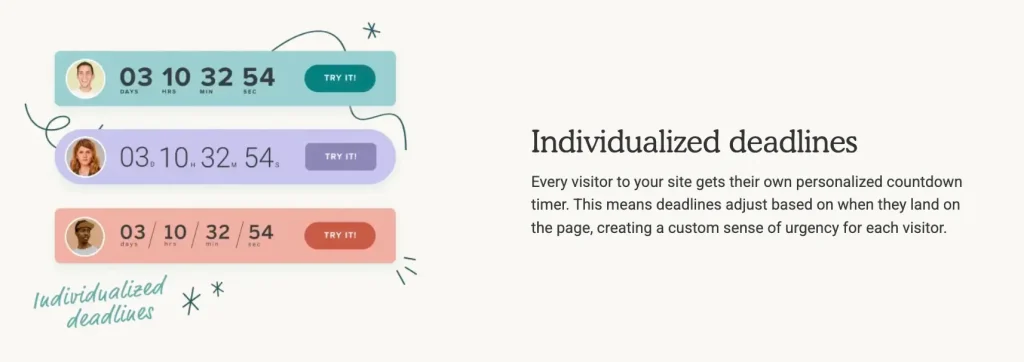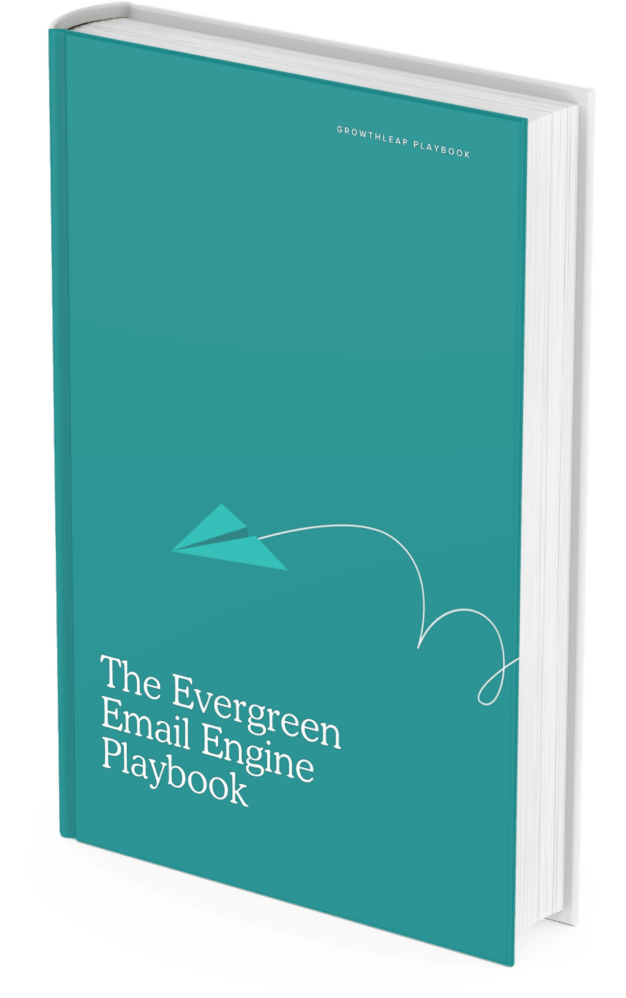
A lead magnet funnel is a focused strategy that earns trust and primes people for your main offer. When each step is well-planned, your funnel feels like a journey your audience wants to take, not like a series of marketing moves.
The essential blueprint: Building your lead magnet funnel step-by-step
The structure of a lead magnet funnel stays the same no matter if you’re selling a digital product, running a service-based business, or growing an online course. You offer value upfront, build trust over time, and guide leads to make a confident decision.
Let’s walk through the five essential steps of building your lead magnet funnel.
Step 1: Engineer your irresistible lead magnet and entry-point offer
Your lead magnet needs to do one job well: solve a small, specific problem that your audience already wants help with. The lead magnet should give them a clear win in under 10 minutes and leave them curious about what else you can help them with.
To create a lead magnet that converts:
- Focus on one urgent problem.
- ❌ Broad: “How to eat healthy”
- ✅ Specific: “7 Grocery Staples to Lose Belly Fat Without Cooking More” (fitness)
- ✅ Specific: “3 Questions to End Homework Battles With Your Kids” (parenting)
- ✅ Specific: “Closet Layout You Can Copy in 15 Minutes” (home organization)
2. Use quick formats instead of full guides. People don’t want homework. They want shortcuts. Best-performing formats for lead magnets are:
- PDF checklist
- Fill-in-the-blank worksheet
- One-page cheat sheet
- 5-minute how-to video
3. Title it around the outcome, not around the format.
- ❌“Sleep Training Guide”
- ✅ “The 4-Minute Bedtime Routine That Actually Works”
- Make sure it sets up your paid offer. If your product is a sleep training course, give them the routine first, then offer deeper support on night wakings and regressions.
- Add a small, optional paid upgrade. People who take the first step may be ready for the second. You can layer in an entry-point offer right after opt-in. This is typically a low-priced, high-value product ($7-$27) that filters serious buyers from freebie seekers.
Good tripwire solution examples could be:- $7 printable bedtime chart (parenting)
- $17 workout video bundle (fitness)
- $27 closet planner tool (organization)

Avoid:
- General tips with no clear result
- Anything that takes more than 10 minutes to finish
- Topics unrelated to what you eventually sell
If someone downloads your lead magnet and says, “That was actually useful,” you’ve done it right. Now they’ll want to hear from you again.
Step 2: Craft a high-converting opt-in page
Your opt-in page should guide one decision: “Yes, I want this.” It’s not a homepage. It’s not a pitch deck. It’s a single-focused screen that convinces someone their next best step is to enter their email. Every word and element on the page should support that choice, quickly and without distraction.
To build a high-performing opt-in page:
- Start with a benefit-first headline that names the result, not the format.
- Example: “Finally Sleep Through the Night: Free Baby Bedtime Routine”
- Add one short paragraph or 3-5 bullet points that explain what’s inside. Keep it user-focused: what they’ll learn, what they’ll fix, or what time they’ll save.
- Example: “Includes: exact nightly routine, sample chart, and real parent Q&A”
- Keep the form minimal – just first name and email. Every extra field drops conversions.
- Use a CTA button that finishes the sentence “I want to…”
- Example: “Download the Routine” or “Get My Checklist.”
- Remove anything that doesn’t push toward the opt-in. No top nav. No footer. No social buttons. No FAQ. Just the lead magnet.
- Add urgency using a countdown timer. For limited-time lead magnets or fast-action bonuses, Deadline Funnel can display a real-time website countdown timer that ends when the window closes.

Step 3: Design your “thank you” and delivery system
The thank-you page is often overlooked, but it’s a high-leverage point in your funnel. It’s where trust is either confirmed or lost.
A clear thank you experience shows that everything is working, the next step is clear, and their time was well spent. It’s also your best shot to turn a passive subscriber into an active participant.
To set up your “thank you” and delivery system, first confirm that the signup worked. Use a clear, friendly headline like “You’re in!” or “Your free guide is on its way.”
Then, set expectations about what happens next. Tell them when and how the lead magnet will arrive, for example: “Check your inbox in the next 2 minutes. The subject line will be ‘Your Bedtime Routine.’”
Suggest a next step right away. Recommend a quick win, for example:
- Watch a 1-minute how-to video
- Fill out a checklist
- Preview a bonus offer or bundle
Make sure to deliver the lead magnet immediately by email. But don’t rely on the thank-you page alone. Your delivery email should be branded, mobile-friendly, and easy to open, and it should land right away.
When the handoff is smooth, your new lead feels confident, and they’re far more likely to keep engaging with what you send next.
Step 4: Automate your nurture and conversion email sequence
Most people won’t take action the moment they download something, even if they liked it. That’s why your email sequence keeps momentum going, builds trust, and helps them realize that what you offer solves more than just their surface problem.
This doesn’t mean sending five sales pitches in a row. It means guiding them through a simple story: what you know, what they’re stuck on, and how you can help.
To build a high-performing email sequence:
- Start by delivering the lead magnet. Email #1 should arrive immediately and do one job: help them access and use what they signed up for. Keep it short, direct, and focused on the result.
- Follow up with value, not a pitch. Email #2 or #3 should offer something useful: a tip, an example, or a small win related to the lead magnet.
- “Here’s how to make bedtime easier during travel” (parenting)
- “Try this layout if your closet is extra narrow” (organization)
- “3 stretches to prevent back pain while lifting” (fitness)
- Handle common objections. Use one email to calmly address what might hold someone back (time, cost, or complexity). A simple “before/after” story or FAQ-style breakdown can help.
- Use urgency carefully. Use a personalized email countdown timer to customize urgency in each message.
- End with a recap and a reminder. Your final email should restate the value of the offer, who it’s for, and what happens if they miss the window. Keep it clear and human – no pressure language, no shouting.
Step 5: Present your core offer effectively
Once they’ve had a taste of success, your paid product should be the next step:
“You’ve got the basics down. Here’s how to make it stick long-term.”
Include a testimonial or example of someone who went from free to paid and got results. Add a floating or embedded timer using the evergreen funnel solution to guide action without pressure.
By the time someone reaches the final point, they’ve already had multiple value-based interactions with your brand. Now you are positioning your paid product or service as the natural next step. Remind them what they’ve achieved so far using your free resource, then highlight what’s still missing. That gap is what your offer fills.
The best lead magnet funnels don’t sell hard, but make continuing the journey feel obvious.
Quick wins: Optimizing your lead magnet funnel
You don’t always need a full rebuild to see better results. Sometimes, a few smart adjustments can boost conversions and engagement:
- A/B test your opt-in page. Test different headlines, button text, layouts, or hero images. Sometimes, a single word change can double your conversions.
- Refine subject lines and email content. If open rates are low, tweak subject lines for clarity and curiosity. If click rates drop, tighten your CTA or simplify the message.
- Track each step of the funnel. Use analytics to see where people fall off – opt-in page, delivery email, tripwire, or sales page. Fix the biggest friction point first.
- Review your lead magnet’s relevance. A lead magnet that worked six months ago might not work today. Update the topic, format, or headline to match your audience’s current priorities.
- Simplify everything. Fewer clicks, fewer fields, less noise. Every extra step adds hesitation. Strip it down until the next action is always obvious.
Small tweaks like these often outperform major overhauls. Optimize your lead magnet funnel in layers and let the data guide your next move.
Pro-tips for maximizing your funnel’s impact
Once your lead magnet funnel is converting, the next level is segmentation. Not every visitor comes in cold, and not every lead wants the same thing. You can use these pro strategies to tailor your funnel to different lead types and unlock new growth.
- Re-engage cold or inactive leads by sending them a new, problem-specific lead magnet.
Don’t recycle the same offer, but reframe it around a different goal, pain point, or urgency trigger. You can pair it with a fresh Deadline Funnel evergreen campaign to give the new deadline real weight.
- Nurture your existing customers with targeted lead magnets designed to bridge them into your next offer.
For example, if they bought a basic organizing toolkit, offer a checklist for building a seasonal capsule wardrobe, then point them to your full styling system. Use Deadline Funnel’s announcement bar or pop-up widget to promote these upgrades inside your member dashboard or confirmation pages.

- Attract your competitor’s audience by creating a lead magnet that solves a pain point their product overlooks or does poorly.
Then highlight your unique solution with a short, time-limited offer. A tripwire funnel solution backed by a 15-minute countdown is especially effective for converting comparison shoppers fast.
The more specific your funnel feels, the stronger it performs. You should build for the behavior, not just the list.
Conclusion: Your actionable funnel awaits
You need a lead magnet funnel that runs, delivers value fast, and moves people toward a real decision. This process gives you exactly that, and it doesn’t require a big list, complicated logic, or perfect copy. Just a good lead magnet, a few smart emails, and a clear next step.
If you want that step to happen on your schedule, you’ll be waiting. If you want it to happen on theirs, you need a deadline that adjusts to the person, not the calendar.Start your free Deadline Funnel trial, connect your first campaign, and see what happens when every lead gets a reason to act.





